Bubble blowers are among
the oldest and most popular of children's toys. Even when families had
no money for toys, they could find a wire to twist into a circle and
some soap for blowing bubbles.
Around 1733, artist Jean Siméon Chardin painted Soap Bubbles, which depicted a young man leaning out a window and blowing a bubble with a pipe. The most well-known modern piece of art, Bubbles (originally titled A Child’s World) was painted by Sir John Everett Millais around 1886 and became famous as an advertisement for Pears soap. An 1882 book, The American Boys Handy Book: What to do and How to do it, by D.C. Beard, has a chapter “Novelties in Soap-Bubbles.” An editorial cartoon about the Republican nomination, titled “The harmless amusement of second childhood,” appeared in a 1888 issue of The Daily Graphic and depicted a man blowing bubbles with monopoly soap and six senators shown in the bubbles.
Pipes and wands were the earliest mass produced bubble blowers. Vintage bubble sets, most popular in the 1940s, generally came in brightly decorated boxes and included a bar of soap, a dish for the soap water, and a bubble pipe or two. Battery-operated and mechanical bubble blowers, often made with colorful lithographed tin bases, became popular in the 50s and 60s. This was also the time when the first bubble blowers featuring television “stars” were produced, with characters from the Howdy Doody Show among the first. From there, thousands of character-oriented blowers have been produced--from Disney figures and Barbie icons, to less known anime and fast food characters. And in recent years, rice has been replaced by bubbles at many weddings. Collecting bubble blowers themselves is fairly uncommon, but because there are many people who collect items of all kinds related to a particular character (such as, Mickey Mouse or Fred Flintstone), prices can get inflated. For example, a mint tin, battery-operated Linemar Bubble Blowing Popeye sold on eBay in 2001 for $1,724.
|
last updated: 06/16/2010

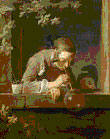
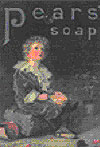
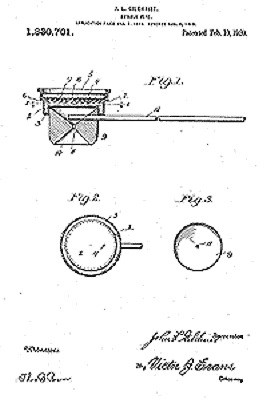 The
earliest patents for bubble blowers known date back to the 1920s. For
example, J. L Gilchrist filed a patent in 1918 for a new and improved
bubble pipe, that “may be cheaply manufactured and in which the parts
are so associated that they may be disassembled and cleaned and quickly
reassembled by an unskilled person.”
The
earliest patents for bubble blowers known date back to the 1920s. For
example, J. L Gilchrist filed a patent in 1918 for a new and improved
bubble pipe, that “may be cheaply manufactured and in which the parts
are so associated that they may be disassembled and cleaned and quickly
reassembled by an unskilled person.”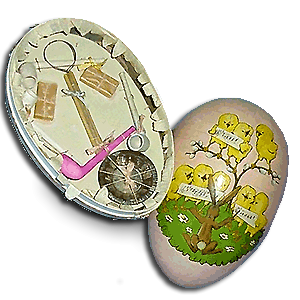 In
spite of some inflated prices, bubble blowers can make a great collection
for kids, as
In
spite of some inflated prices, bubble blowers can make a great collection
for kids, as 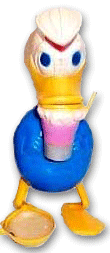 Blowers
are truly part of our culture. On this site, you can find some fascinating
bubble facts, learn about bubble
Blowers
are truly part of our culture. On this site, you can find some fascinating
bubble facts, learn about bubble